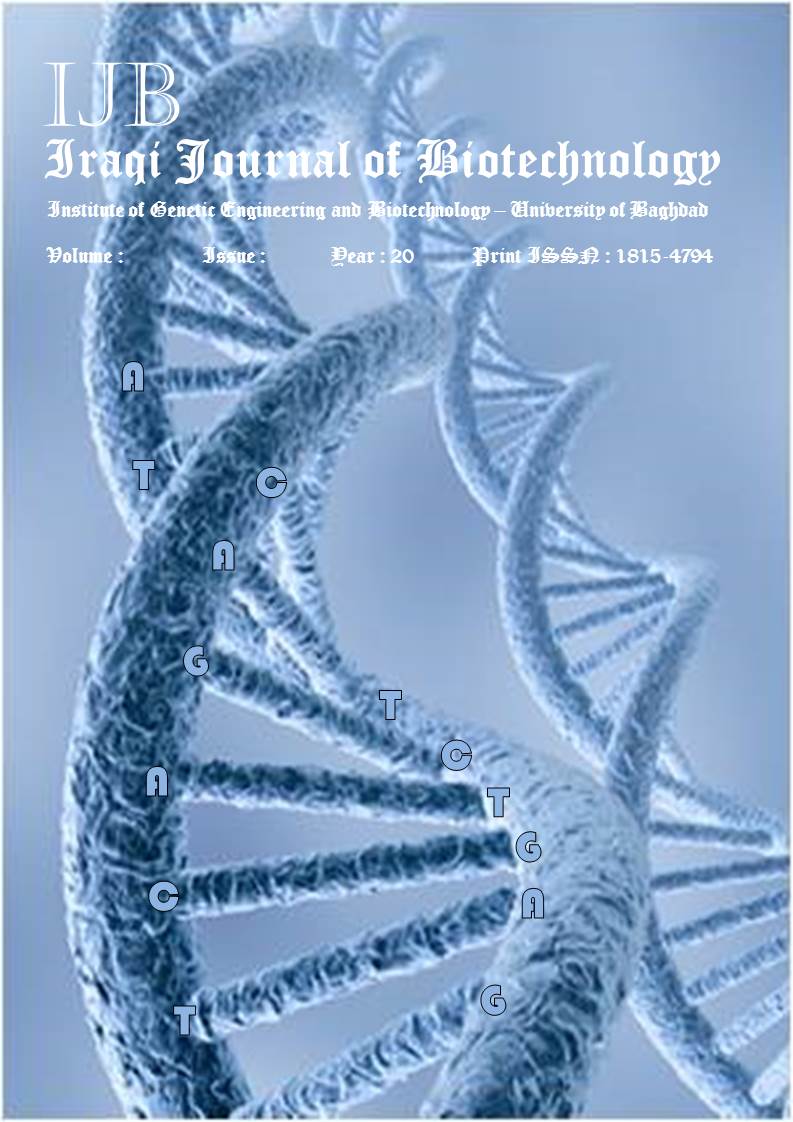Association between interlukin1B gene polymorphisms and keratoconus disease in a sample of Iraqi patients
Abstract
The objective of this study was to investigate the association of polymorphisms in IL1B gene with the keratoconus disease in samples of Iraqi patients. Sample collection was carried out in the duration of two months from November 2016 to January 2017. The genomic DNA was extracted using Promega kits, with subsequent amplification of the fragments via PCR with specific primers followed by molecular detection of single nucleotide polymorphisms (SNPs) in specific regions along IL1B gene by DNA sequence analysis. The -511 (C>T) rs16944 is considered to be a risk factor for KC disease as the C allele frequency being higher in patients than controls (76% versus 40% respectively, OR 4.7500, 95% CI 2.1741-10.377, P 0.0001) also CC genotype (64% in patients versus 30% in controls, OR 4.1481, 95% CI 1.3573-12.677, P 0.0126). In addition -31 TATA box (T>C) rs1143627 was also considered as a risk factor to KC disease due to the results of allele and genotype frequency (T allele frequency 72% in patients to 33% in controls, OR 5.3407, 95% CI 2.4173-11.799, P 0.0001) and (TT genotype frequency 60% in patients to 25% in controls, OR 4.5000. 95% CI 1.4113-14.348, P 0.0110). Furthermore the two promoter SNPs (-31 and -511) are proved to be in complete linkage disequilibrium (LD) and the frequency of (T>C) haplotype (84% in KC patients versus 35% in controls, OR 9.7500, 95% CI 2.9663-32.047 and P 0.0002) which make it clear that the presence of those two SNPs together considered as a risk factor of KC disease for Iraqi patients. It was expected that the expression of IL1B may be enhanced due to the presence of T>C haplotype in the promoter region. Thus promote apoptosis consideres as a fundamental cause for keratoconus disease.


